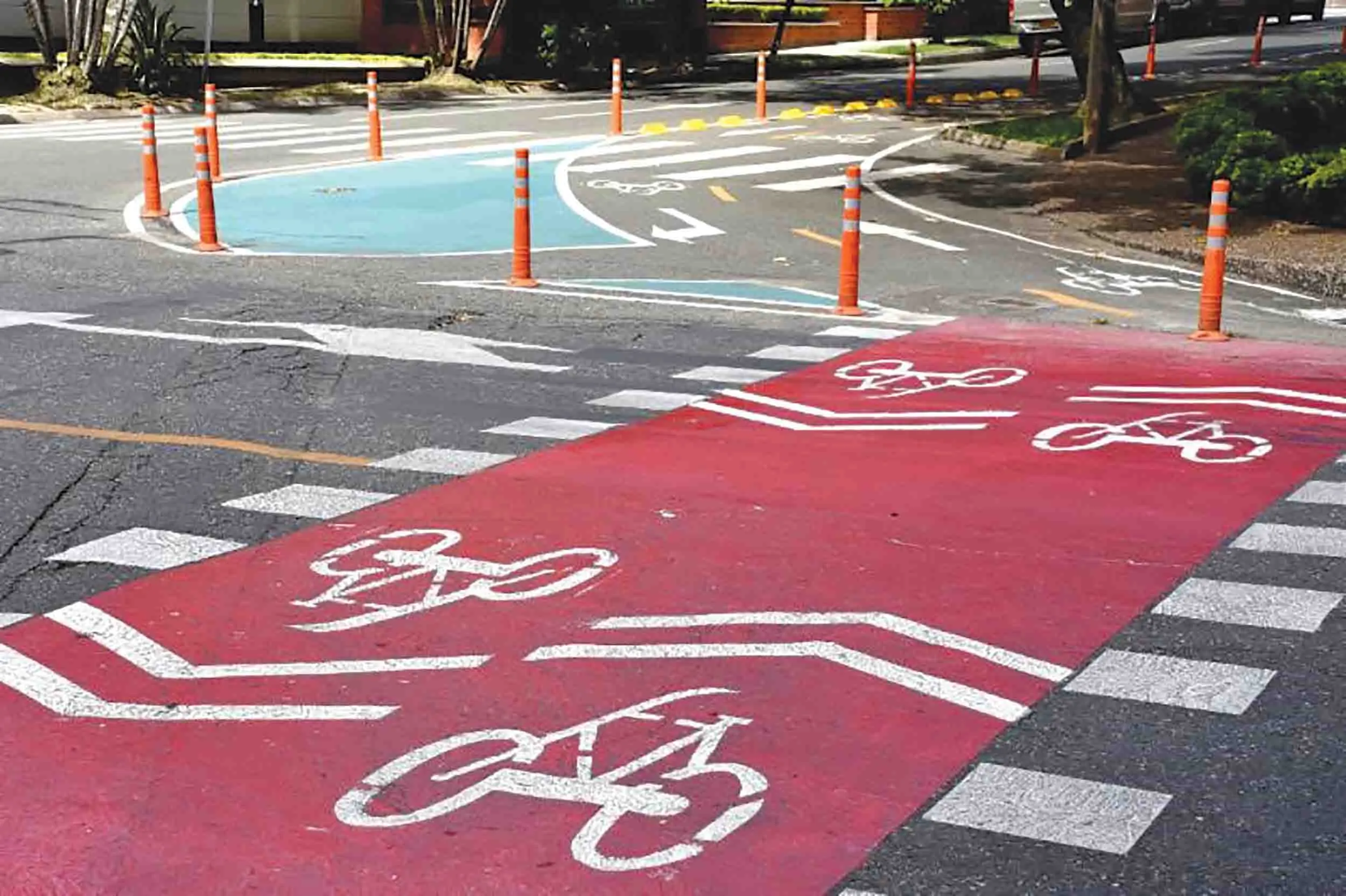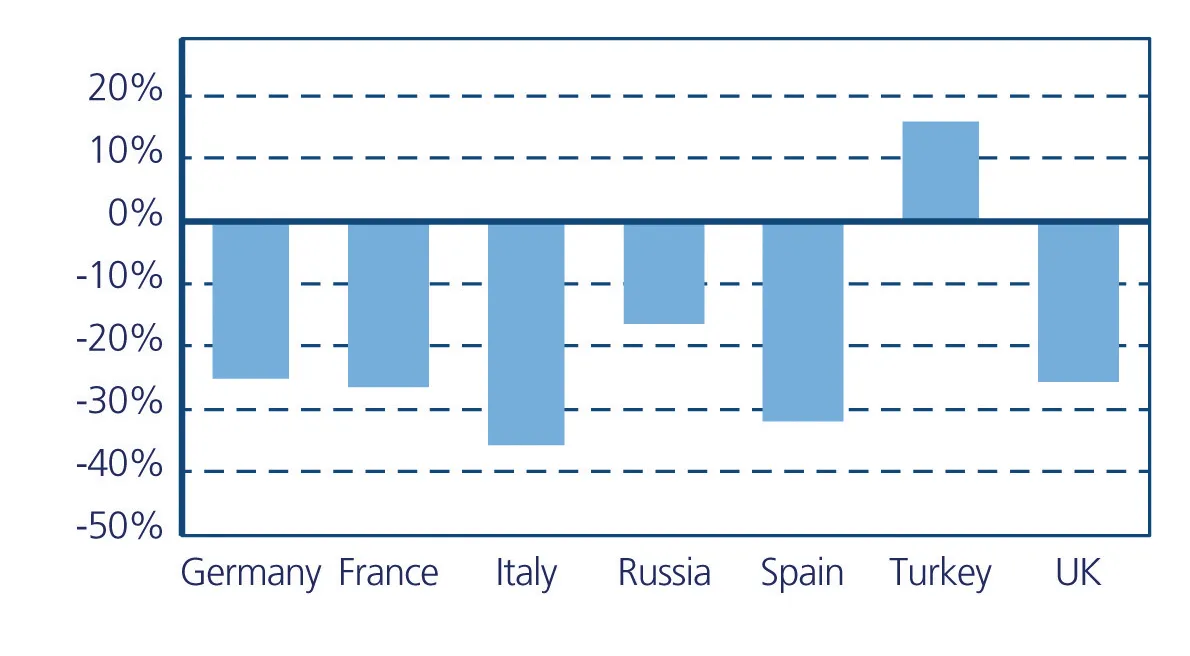A new report by research specialist Frost & Sullivan suggests that major vehicle producers are working on micro-mobility solutions. The development of these micro-mobility options is being carried out in parallel with that of more conventional four-wheeled vehicles. In all, the report suggests that 25 of the major vehicle manufacturers are working on a total of 150 micro-mobility projects aimed for launch by 2020. These international vehicle firms believe that micro-mobility solutions will suit commuter use
July 24, 2012
Read time: 3 mins
RSSA new report by research specialist Frost & Sullivan suggests that major vehicle producers are working on micro-mobility solutions. The development of these micro-mobility options is being carried out in parallel with that of more conventional four-wheeled vehicles. In all, the report suggests that 25 of the major vehicle manufacturers are working on a total of 150 micro-mobility projects aimed for launch by 2020. These international vehicle firms believe that micro-mobility solutions will suit commuter use to and from public transport connections as well as for urban driving. The report: Strategic Analysis and Benchmarking of Global OEMs Micro-Mobility Solutions, finds that strong participation by global mainstream OEMs will boost micro-mobility. At least 60 models are projected to enter production before 2018. “Growing urbanisation and changing mobility trends have triggered interest not just in fuel-efficient vehicles, but also in an entirely new genre – micro-mobility,” noted Frost & Sullivan industry analyst Vishwas Shankar. “Various markets – China, Europe, India and even North America – are offering manufacturing subsidies as well as incentives to drive the sales of micro-mobility solutions, even as OEMs are set to target at least one launch every quarter.”
On an international basis, passenger car ownership seems to be declining amongst younger drivers in many markets, although research reveals China to be bucking the trend in this regard. In addition to conventional looking, alternate-fuel driven cars, many new models are aimed at encouraging the use of personal mobility models like3503 Volkswagen’s Bik.e, 2453 Renault’s Twizy, 2288 Honda’s EV-Neo and 4070 General Motors’s’ EN-V. These models are expected to grow alongside neighbourhood electric vehicles (NEVs), medium-speed vehicles, quadricycles, sub-A vehicles and even kei-cars.
But high initial prices and lack of consumer awareness are two major issues that could threaten growth. As many of the models in the micro-mobility segment are electric, slow growth in electric vehicle infrastructure could also put the brakes on micro-mobility sales. Another possible restraint could come from any change in government focus to increase spending on public transportation over individual cars/personal mobility models could restrain revenue prospects of the micro-mobility market.
“With consumers likely to have at least 50 models to choose from by 2015, the challenge is not in creating micro-mobility models, but in creating mass awareness about them. Participants like Segway have been operating in this market for over a decade and now understand the importance of creating mass market awareness via various marketing campaigns,” explained Shankar.
Manufacturers, including key global OEMs are expected to introduce micro-mobility models in various shapes, sizes, with different types of wheels, as open/closed tops, offering a range of options. While some models will target conventional passenger car users, others will cater to conventional motorcycle/scooter users. “There is also the potential for mass produced vehicles (micro-mobility models) to be integrated within vehicles (microcars) in the near future,” concluded Shankar.
On an international basis, passenger car ownership seems to be declining amongst younger drivers in many markets, although research reveals China to be bucking the trend in this regard. In addition to conventional looking, alternate-fuel driven cars, many new models are aimed at encouraging the use of personal mobility models like
But high initial prices and lack of consumer awareness are two major issues that could threaten growth. As many of the models in the micro-mobility segment are electric, slow growth in electric vehicle infrastructure could also put the brakes on micro-mobility sales. Another possible restraint could come from any change in government focus to increase spending on public transportation over individual cars/personal mobility models could restrain revenue prospects of the micro-mobility market.
“With consumers likely to have at least 50 models to choose from by 2015, the challenge is not in creating micro-mobility models, but in creating mass awareness about them. Participants like Segway have been operating in this market for over a decade and now understand the importance of creating mass market awareness via various marketing campaigns,” explained Shankar.
Manufacturers, including key global OEMs are expected to introduce micro-mobility models in various shapes, sizes, with different types of wheels, as open/closed tops, offering a range of options. While some models will target conventional passenger car users, others will cater to conventional motorcycle/scooter users. “There is also the potential for mass produced vehicles (micro-mobility models) to be integrated within vehicles (microcars) in the near future,” concluded Shankar.









